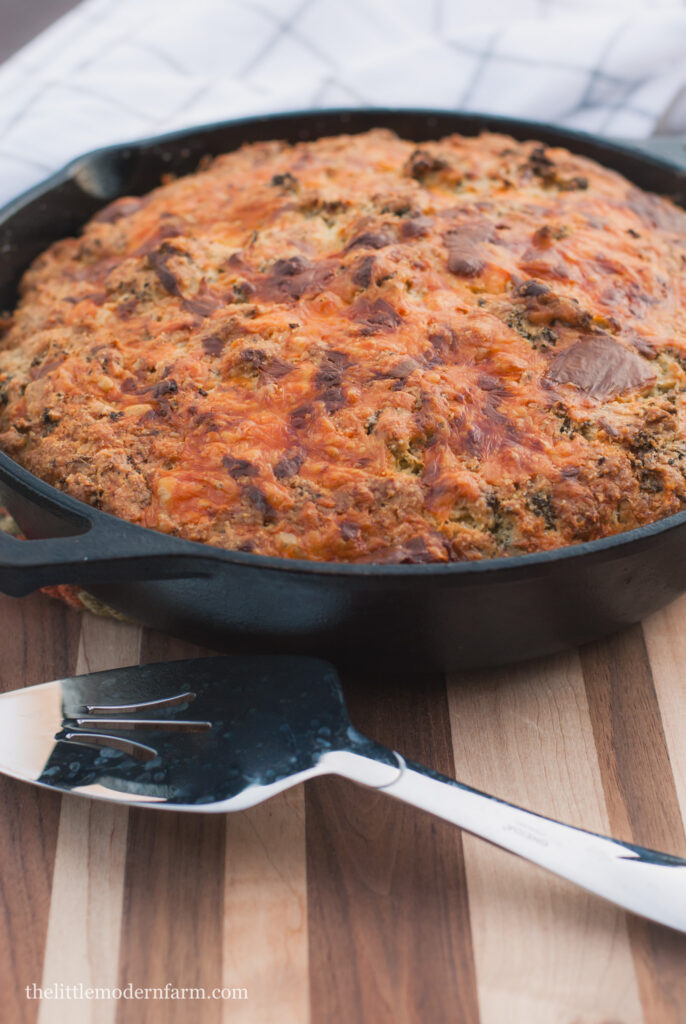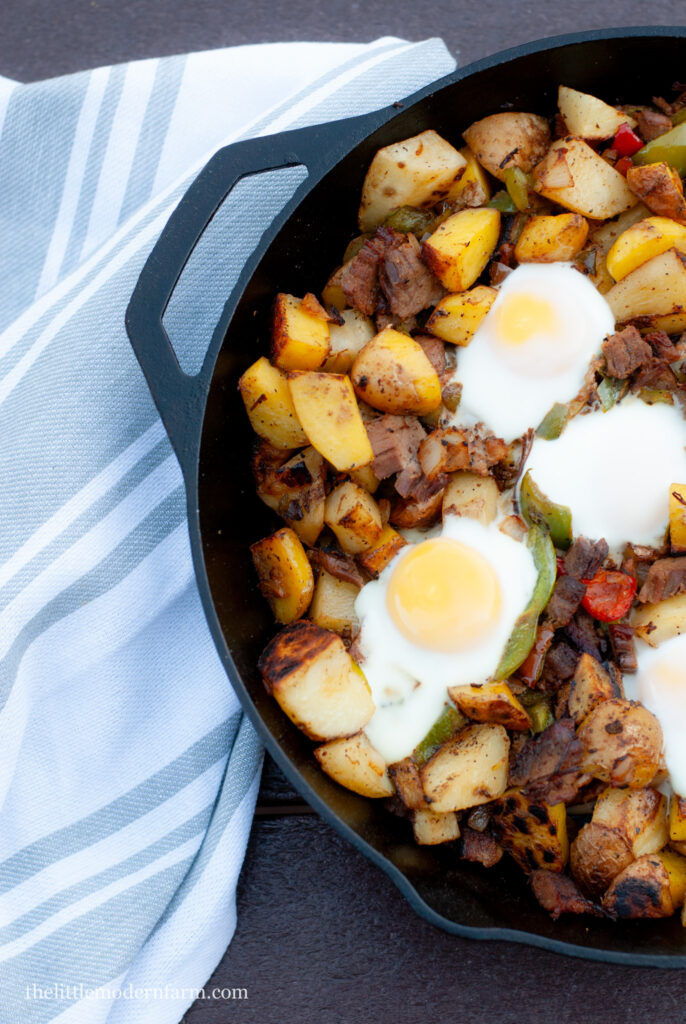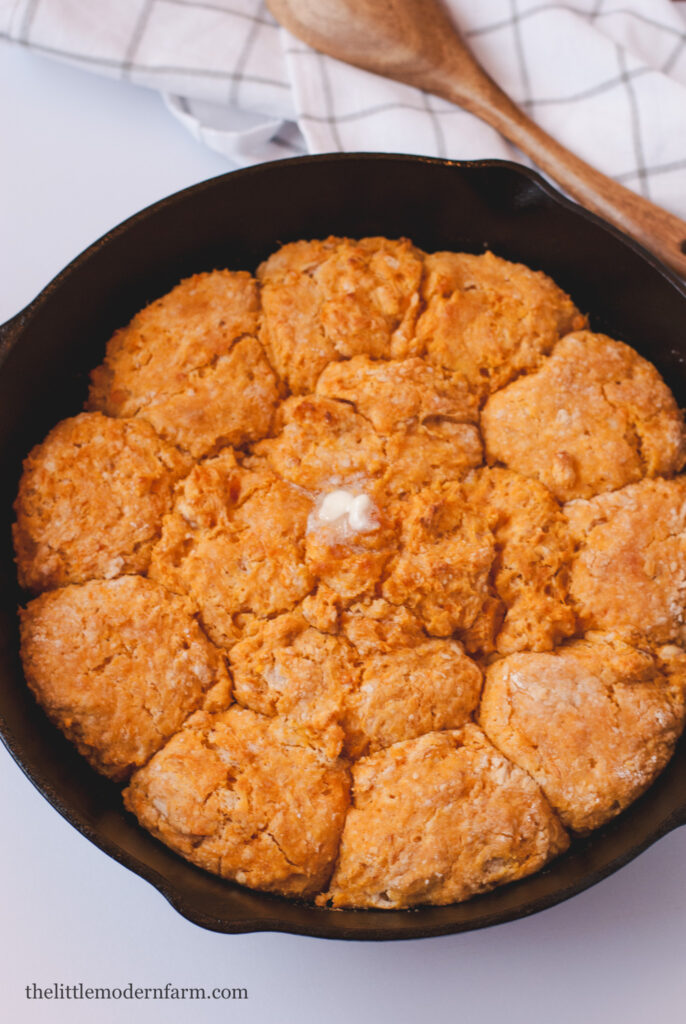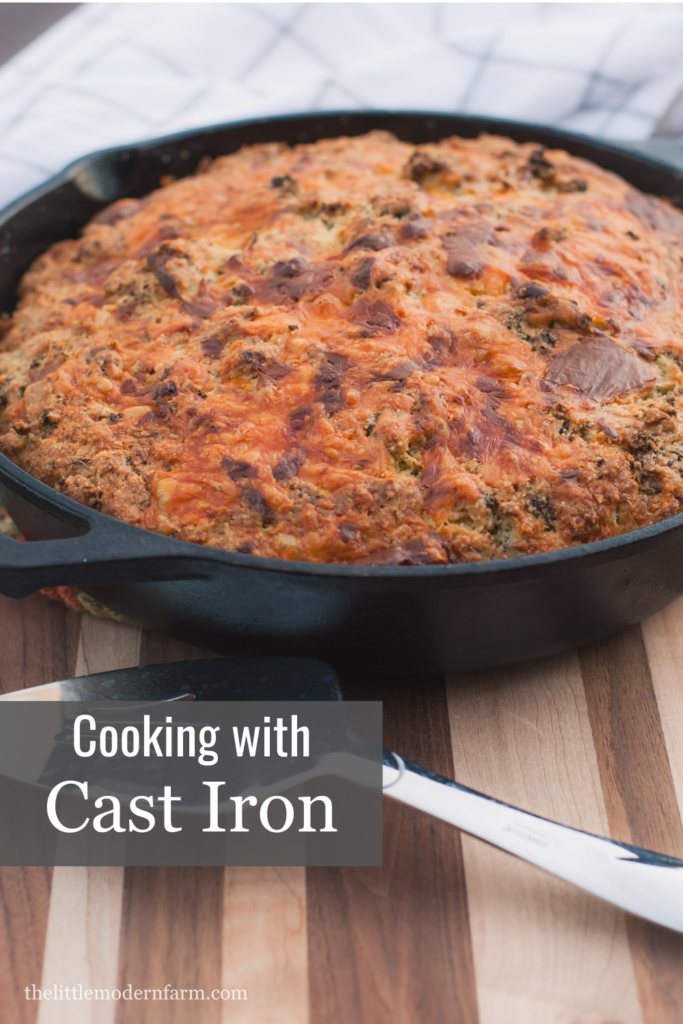Cooking with cast iron tips that can truly elevate your culinary adventures. These durable, versatile pans are beloved for good reasons, but there are essential tips and tricks to keep in mind to make sure you have a tasty outcome
Before you can start whipping up delicious meals, you need to understand a few crucial steps: preheating the cast iron, maintaining the seasoning, avoiding water soaking, and storing it properly. Let’s dive into what you need to know about cooking with cast iron.

*This post may contain affiliate links which means I make a small commission at no extra cost to you. Read my full disclosure here.*
Preheating the Cast Iron
When it comes to preheating the cast iron, this step is crucial for even cooking. Ensuring your pan is adequately heated before cooking not only prevents sticking but also helps distribute heat evenly across the surface. This step is especially important for dishes that require specific temperatures. Your cast iron needs to come to temperature first before you can cook successfully.
You can do this by putting your pan on the burner over low to medium heat or in an oven and slowly letting it get hot. Preheating allows the metal in the pan to expand and creates a more non-stick surface. Putting food into a cold pan will cause it to stick.
Adding oil or fat after the pan has preheated will make the surface more non-stick.
It’s very important that you don’t change the temperature of the skillet too quickly. Sudden temperature changes will cause the pan to warp or crack.
After you’re finished cooking with your cast iron, allow it to cool a bit before washing it. However, if you let it cool down completely before washing it, food will likely stick to the pan.
Seasoning the cast iron
Maintaining the seasoning of your cast iron is a continuous process that improves its non-stick properties and durability over time. Seasoning involves applying a thin layer of oil and heating the pan, creating a protective layer that prevents rust and enhances the cooking surface. Regular use and proper seasoning are the secrets behind a well-loved cast iron skillet or pot.
The way you season your cast iron skillet will depend on the shape it is in. If it’s very old and rusted, you’ll have work to do.
Begin by soaking the skill in a vinegar bath for at least 30 minutes. You want to use equal parts water and vinegar in a container that is large enough to completely submerge the pan. 5% white distilled vinegar is best. You may have to soak it for a couple of hours if it’s a heavily rusted pan.
If your pan only has minor rust, you can remove it with kosher salt. Use about ½ cup salt in the pan, and use a sponge or dish rag to scrub the rust off.
Baking soda will also remove tough grime built up on old cast iron. Add 2 tablespoons of water to 4 tablespoons of baking soda to form a paste. Scrub the pan using an abrasive sponge or steel wool.
Thoroughly scrub the rust off of the pan, making sure that you include the handle.
After you’ve removed the rust, apply a thin layer of high-heat oil (grapeseed is great) to the pan. Be sure to cover the exterior and handle with the oil. Wipe off any excess oil so there aren’t any drips on your pan.
Bake the pan in an oven preheated to 450°F for 50 minutes. You will likely need to repeat the oil and bake process 3 or 4 times before you have a well-seasoned pan.
Furthermore, the more you use and cook in the cast iron, the more seasoned it will be.
Side note
There are plenty of products available to help clean and restore cast iron. My personal choices are methods that I would consume. Since cast iron is porous, it will hold on to anything you use on it.

Cleaning Cast Iron After Use
After you have cooked in your cast iron, cleaning it properly is essential. In most cases, you’ll be able to use water and a sponge to wipe the cast iron clean thoroughly. The oils used in cooking create a chemical reaction that causes a nice coat on the pan.
While dish soap isn’t entirely necessary, a small amount is acceptable if it’s needed. Be sure to rinse the dish soap well, and never use regular soap on your pan because it will leave a film.
For food that has been baked, try washing the pan using warm water while the pan is still warm. This will help the food to loosen from the surface and make it easier to clean.
You could also use a little kosher salt to help scrub away any baked-on food.
Once the pan is clean, place it on the burner over low heat until it is completely dry. This is a crucial step. Leaving water droplets on the pan will cause it to rust.
A cardinal rule of cast iron care
Never soak cast iron in water. Cast iron is porous, and prolonged exposure to water can lead to rusting. We’ve all seen cast iron that was left out in the rain, or left to soak in a sink. It’s not pretty.
If your cast iron has rust, you will have to start over completely with the cleaning and seasoning process.
Again, if you need to clean stuck food from your cast iron, make sure it’s a little warm. This will help the food to release since the surface is more non-stick. Soaking it shouldn’t be necessary.
For tough, baked-on food, try using course salt, warm water, and a sponge.
Properly storing cast iron ensures its longevity and performance.
After the pan has been dried on a stovetop, apply a thin layer of high-temperature oil to the pan to further prevent rusting and help maintain the seasoning. Store the pan in a dry place.
You could even add paper towels to the inside of the pan to help absorb moisture. I have a double oven in my kitchen, so I store my cast iron in the oven I use less often. A well-stored cast iron pan will serve you delicious meals for years to come.

Helpful Tips
-A cast iron pan may not be the best option for soups and stews. Boiling liquid in cast iron can cause the seasoning to break down. It’s not the end of the world if you choose to cook liquid in it, there are just better options.
I cook soups and stews in a Dutch oven with a ceramic coating. The coating protects the cast iron from the boiling liquid. However, when pre-heating a Dutch oven with a ceramic coating be sure to add a thin layer of oil. This will help to prevent the coating from cracking. A Dutch oven is one of my favorite homestead kitchen tools.
-High-acid foods like tomato sauce aren’t great for cast iron either. I have personally been cooking tomato sauce in my cast iron for years, but over time it can wear down the seasoning. It’s a good idea to limit the amount of high-acid foods you cook in your pan.
-Avoid cooking sticky foods like eggs on your cast iron until it is well seasoned. These foods are more likely to stick to unseasoned cast iron. Always preheat your pan before cooking and add a little bit of oil for the best results.

FAQs
How do I season a cast iron skillet?
To season a cast iron skillet, start by washing it with warm, soapy water, then thoroughly dry it. Next, apply a thin layer of vegetable oil or melted shortening inside and out. Place it upside down on a middle oven rack at 375°F (190°C) for an hour. Let it cool in the oven before using.
Can I use soap to clean a cast iron skillet?
Yes, you can use mild soap sparingly. Avoid using harsh soap or abrasive scrubbers, as they can strip away the seasoning. Instead, gently clean with hot water and a soft sponge or brush.
How do I prevent my cast iron skillet from rusting?
To prevent rust, ensure your skillet is completely dry after cleaning. Apply a thin layer of oil after each use to protect the surface. Store it in a dry place and avoid exposure to moisture.
Can I cook acidic foods in a cast iron skillet?
Yes, but limit the cooking time. Acidic foods like tomatoes or citrus can weaken the seasoning, so it’s best to avoid lengthy simmering or cooking acidic dishes for an extended period in cast iron.
How do I re-season a cast iron skillet?
If your skillet’s seasoning has worn off or rust has developed, start by scrubbing the skillet to remove rust and debris. Then, follow the initial seasoning process: apply oil and bake the skillet in the oven at 375°F (190°C) for an hour, then cool completely before use.
Can I use metal utensils in a cast iron skillet?
Yes, you can use metal utensils, but be gentle to avoid damaging the seasoning. Wooden or silicone utensils are gentler on the skillet’s surface and can help maintain the seasoning.
How do I store a cast iron skillet long-term?
Ensure the skillet is completely dry before storing it. Apply a thin layer of oil to prevent rust, then store it in a cool, dry place. You can place a paper towel inside to absorb any moisture and protect the surface.
Can I use my cast iron skillet on an induction cooktop?
Yes, cast iron skillets work well on induction cooktops due to their magnetic properties. They heat up evenly and efficiently on these surfaces.
Is it normal for my cast iron skillet to smoke while cooking?
Yes, it’s normal for a cast iron skillet to smoke when it gets extremely hot. This can happen when preheating or when cooking at very high temperatures. Adjust the heat as needed to prevent excessive smoking.
How do I remove stuck-on food from a cast iron skillet?
For stubborn food, try boiling water in the skillet to loosen the stuck bits. You can also use a mixture of coarse salt and oil as a gentle abrasive to scrub away residue without damaging the seasoning.
Cast Iron Must Haves
- Cast Iron Griddle
- Cast Iron Skillet
- Dutch Oven
- Cast Iron Corn Stick Pan
- Cast Iron Casserole Dish
- Cast Iron Pie Pan
- Cast Iron Muffin Pan
- Scrub Brush
- Hot Handle
Cast Iron Recipes
- Blackberry Biscuits with Lemon Glaze
- Broccoli Cheese Bread
- Old Fashioned Cream Style Corn
- Beef Brisket Hash
- Southern Cornbread
- Sweet Potato Biscuits
- Buttermilk Biscuits
Final Thoughts
In conclusion, cooking with cast iron involves preheating the pan, maintaining the seasoning, avoiding water soaking, and properly storing. By mastering the art of cooking on cast iron, understanding the importance of seasoning, and adopting gentle cleaning practices, you’ll unlock the full potential of your cast iron cookware. So, fire up that skillet, season it with care, clean it gently, and get ready to create delicious meals that’ll make you fall in love with cast iron cooking all over again!
If you enjoyed this article, please share it! Thank you for visiting my farm.

[…] Cast Iron Skillet- If you’re new to cooking with cast iron, check out my tips for cooking with cast iron. […]